About the Region
Cape Otway Lightstation is located in a beautiful part of the world. Don’t cut short your stay, there’s plenty to see and do around here!
The Great Ocean Road
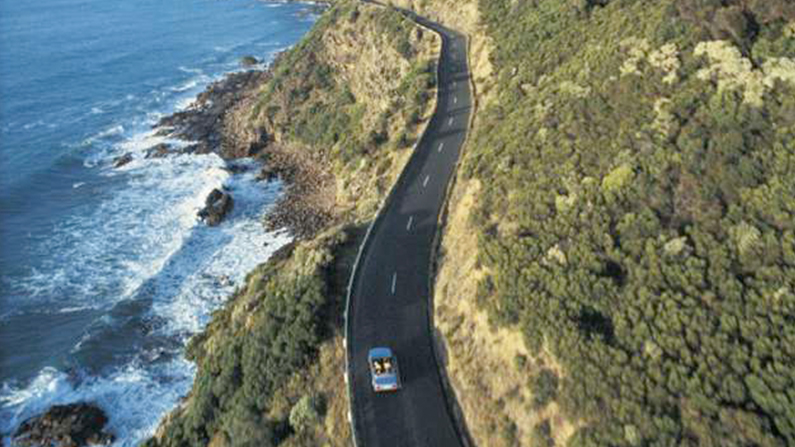
The Great Ocean Road is one of the world’s most spectacular and well-loved touring routes.
Starting out in Torquay the road meanders along the extraordinarily scenic coastline of Bass Strait and the Southern Ocean, hugging the coast most of the way to Allansford, in the west.
Highlights of the Great Ocean Road include the Otway Ranges, towering sea cliffs, Cape Otway Lightstation and the Twelve Apostles.
The Great Ocean Road was built as a monument to the Servicemen and women who lost their lives in World War 1.
Great Ocean Walk
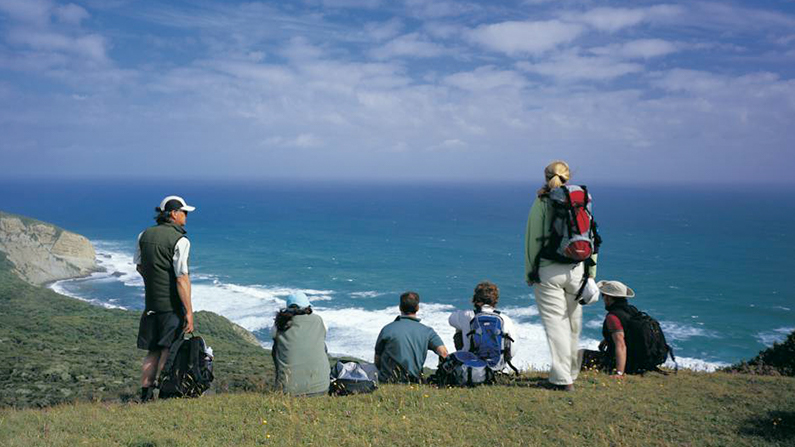
Twelve Apostles Marine National Park
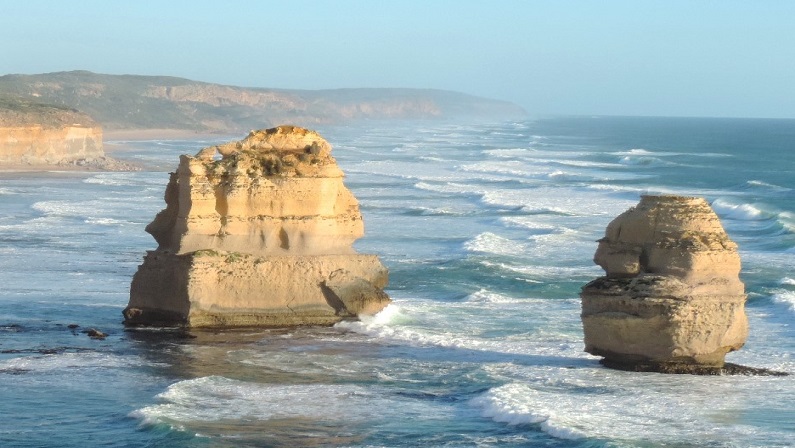
World famous for the Twelve Apostles, Loch Ard Gorge and historic shipwrecks, the Twelve Apostles Marine National Park encompasses significant vegetation and fauna native to south-western Victoria.
The diverse range of coastal environments includes woodlands, dunes, wetlands, coastal cliffs, limestone stacks and arches. Although relatively small and narrow, the park plays a vital role in fauna conservation in the region. It supports small populations of the Hooded Plover (a nationally significant species), as well as important populations of Rufous Bristlebird, Swamp Antechinus and Glossy Grass Skink.
Well-established tea-tree heathlands are important to the Rufous Bristlebird, while wetland areas provide food and nesting sites for the Australasian Bittern, Lewins Rail and Swamp Skink. Eastern Grey Kangaroos shelter in the denser vegetation of the park but frequently move into nearby farmland to feed.
Wildlife
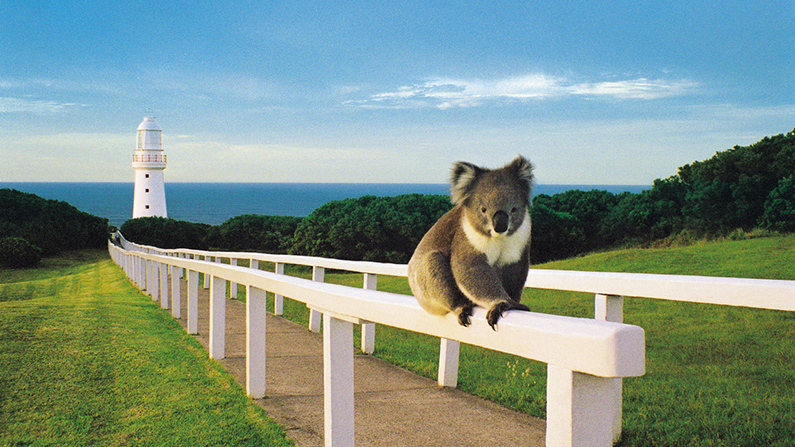
Beaches
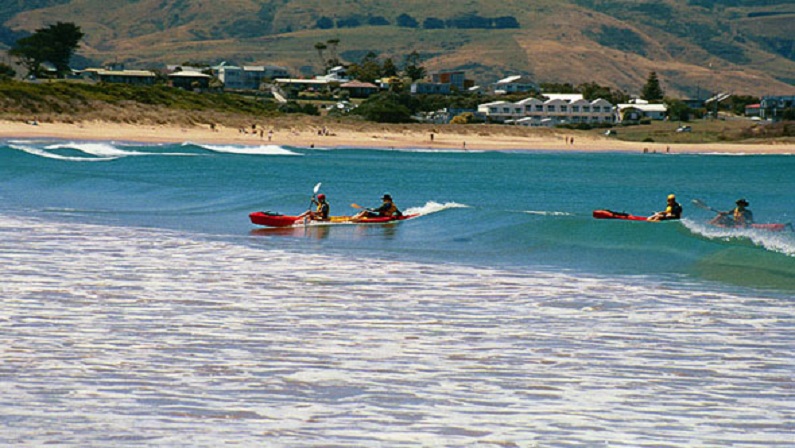
Name your favourite style of beach and we’ve got it. The Great Ocean Road region is blessed with pristine squeaky sand, clean beaches perfect for swimming, diving, surfing, fishing, sunbathing, walking the dog, rock-pooling, exploring, picnics, whale-spotting or just relaxing. You can even find shipwrecks. There are patrolled beaches for safe swimming, deserted beaches for when you want to leave the world behind and sheltered estuary beaches suitable for small children. Beachcombers will delight in their finds, bird-watchers will be treated to sightings of rare birds, and there are rock pools alive with marine life.
Great Otway National Park
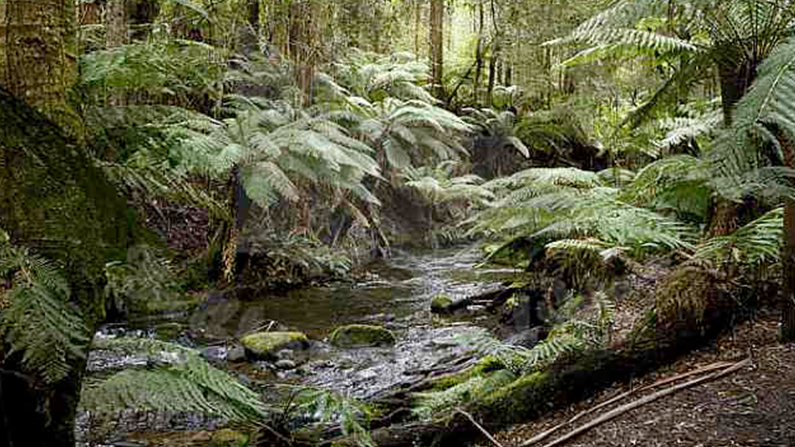
The park, which covers 103,000 hectares, represents all the special places, flora, fauna, landscapes, seascapes and the rich human history of the Otways.
There’s the tall wet forests, ancient rainforests, the drier forests of the inland slopes and the very diverse heathlands and woodlands, fringed by a spectacularly rugged coastline and studded with some of Victoria’s most striking waterfalls and other attractions.
Waterfalls
Plunging waterfalls amid peaceful cool, temperate rainforests are an Otways speciality.
There are dozens of waterfalls to see along the Great Ocean Road touring route, which are accessed by walks of varying lengths through beautiful forests of tree ferns and towering ancient eucalypts.
There are hundreds of varieties of fungi and dozens of varieties of ferns to be found.
Keep a look out for the carnivorous Otway snail which has a shiny black shell.
Shipwrecks
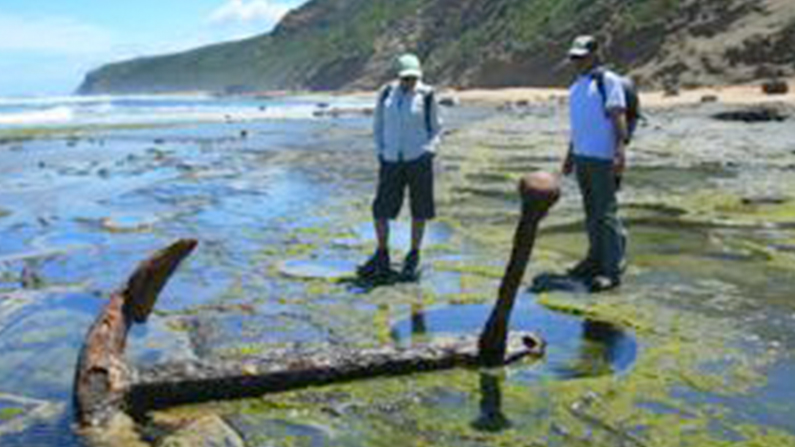
The western coast of Victoria has claimed more shipwrecks than any other stretch of Australian coastline.
The treacherous seas, reefs and hostile weather conditions saw hundreds of lives lost.
The sea floor is littered with what remains of the wrecks whose cargoes included migrants, hopeful gold miners and convicts.
The ships foundered due to human error, bad weather, lack of local knowledge and as shipping lines vied for the lucrative migrant market – lives were undoubtedly lost due to companies taking cost-cutting measures.
Dinosaurs

252 million years ago, you could have walked from Cape Otway, through Tasmania, across Antarctica, all the way to southern Africa in the giant land mass called Pangea.
By 201 million years ago tectonic forces had begun to split the supercontinent in two – leaving Australia as part of Gondwana in the south.
And by about 106 million years ago our coastline was within the Antarctic circle. It was one of the coldest places on earth and home to some fascinating dinosaurs.
Among amazing fossil finds at Dinosaur Cove, just a few kilometres west of the Lightstation, was Leaellynasaura amicagraphica. This remarkable little dinosaur lived in the Early Cretaceous period – and was likely to have been warm-blooded.
In 1991 palaeontologists discovered one of the largest fossils recovered from Dinosaur Cove – a 43cm long femur from an extremely fast, ostrich-like dinosaur named Timimus hermani.
Research results on Timimus and Leaellynasaura set the scientific world on fire and helped create a rethink among palaeontologists – these dinosaurs were highly adapted animals which thrived in freezing conditions.
The beaches and coastal cliffs around the Lightstation hold a rich cargo of dinosaur secrets which remain of high interest to palaeontologists.
Otway Fly
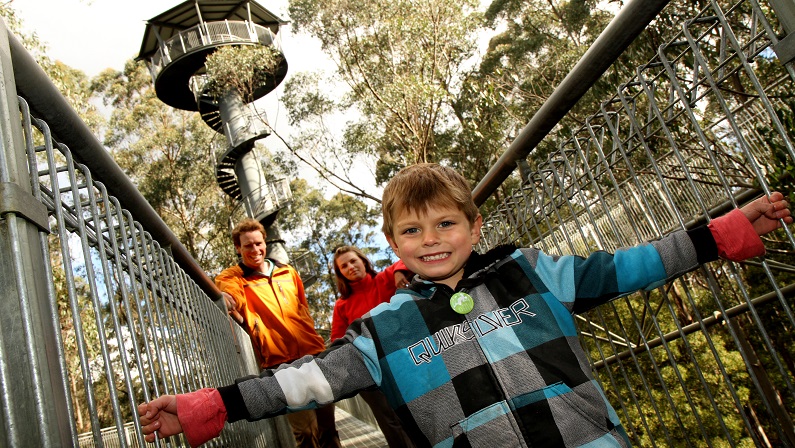
Otway Fly Treetop Adventures takes your rainforest experience to new heights in the lush surrounds of the magnificent Otway Ranges.Whether you’re soaking up the breath-taking birds-eye view of the rainforest on the Treetop Walk or soaring through the leafy treetops on the awe-inspiring Zipline Tour, there’s something for the whole family to enjoy.


